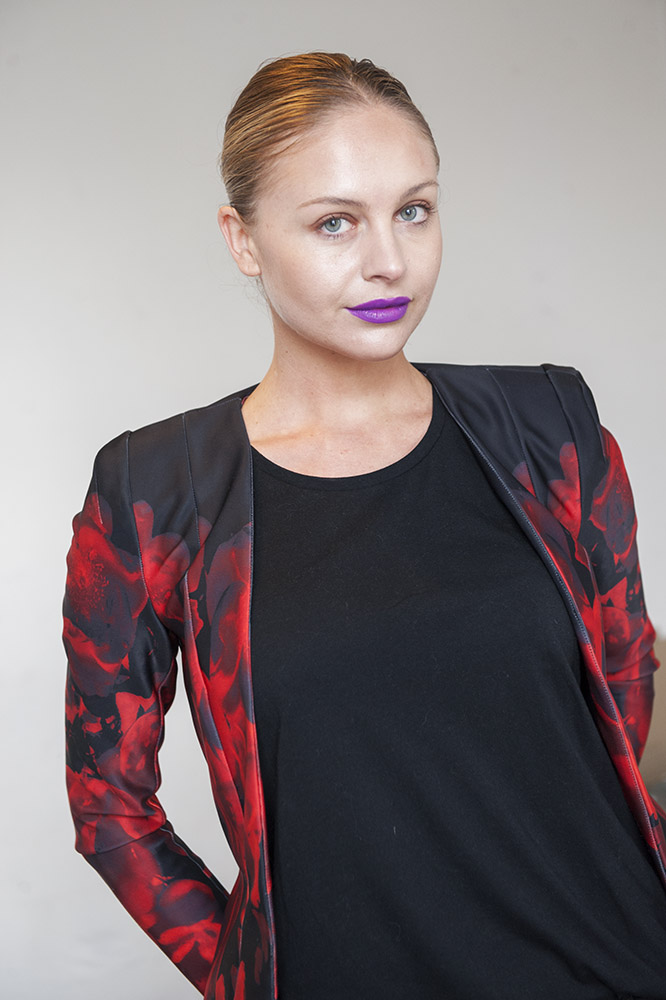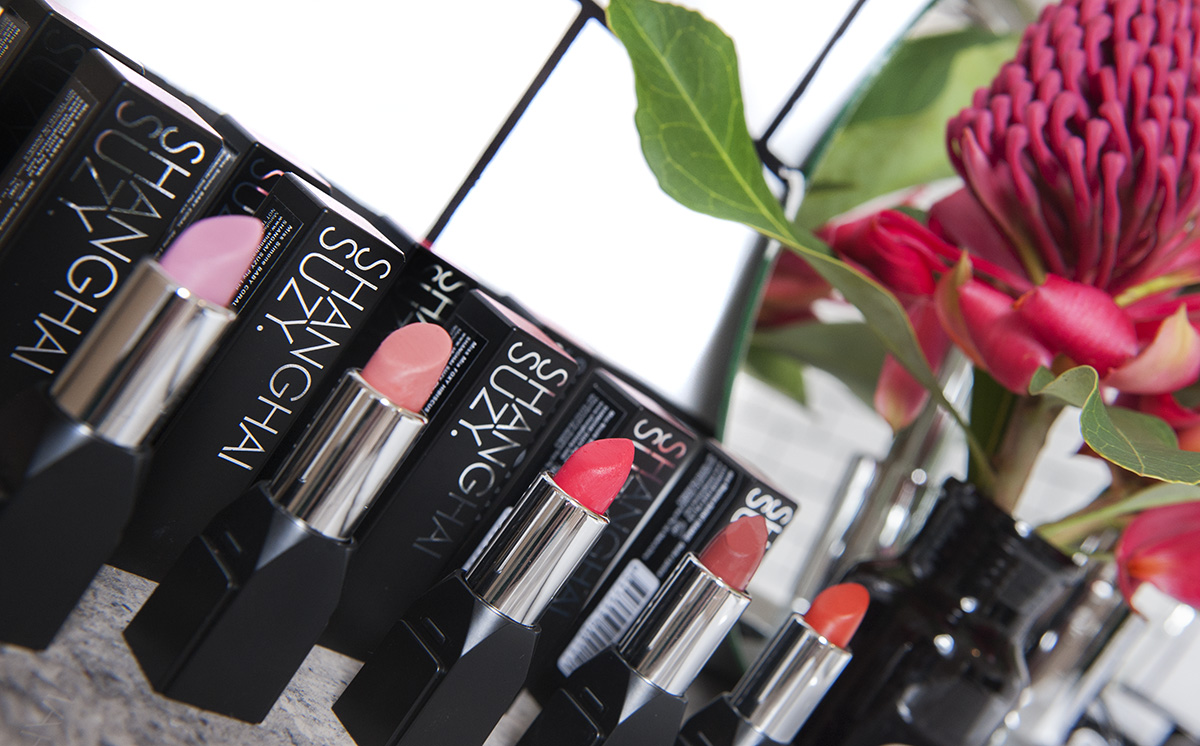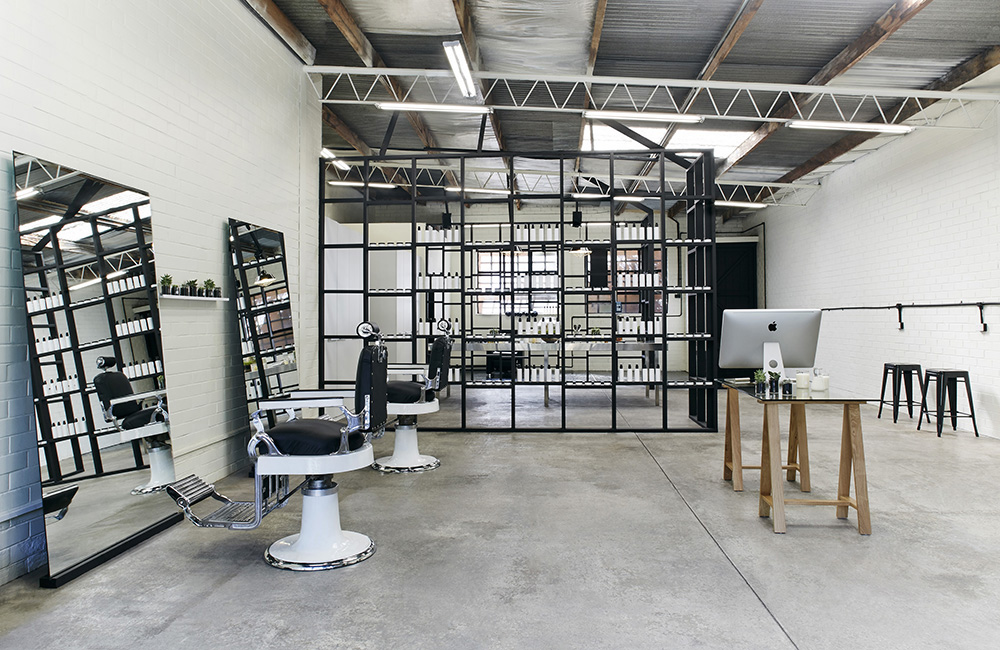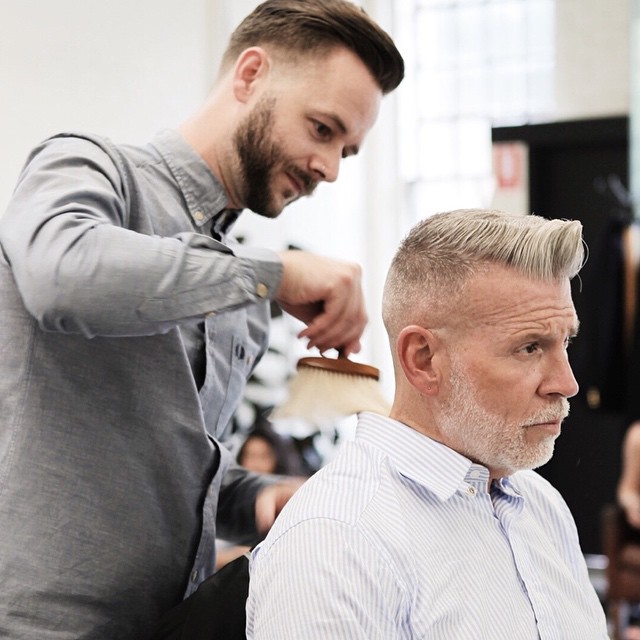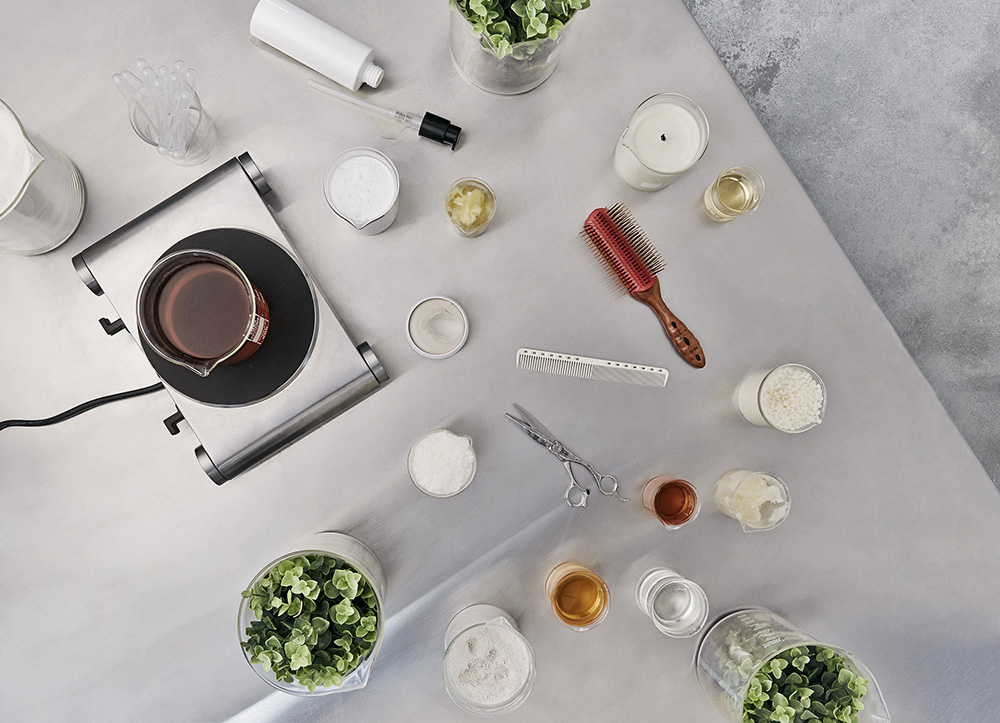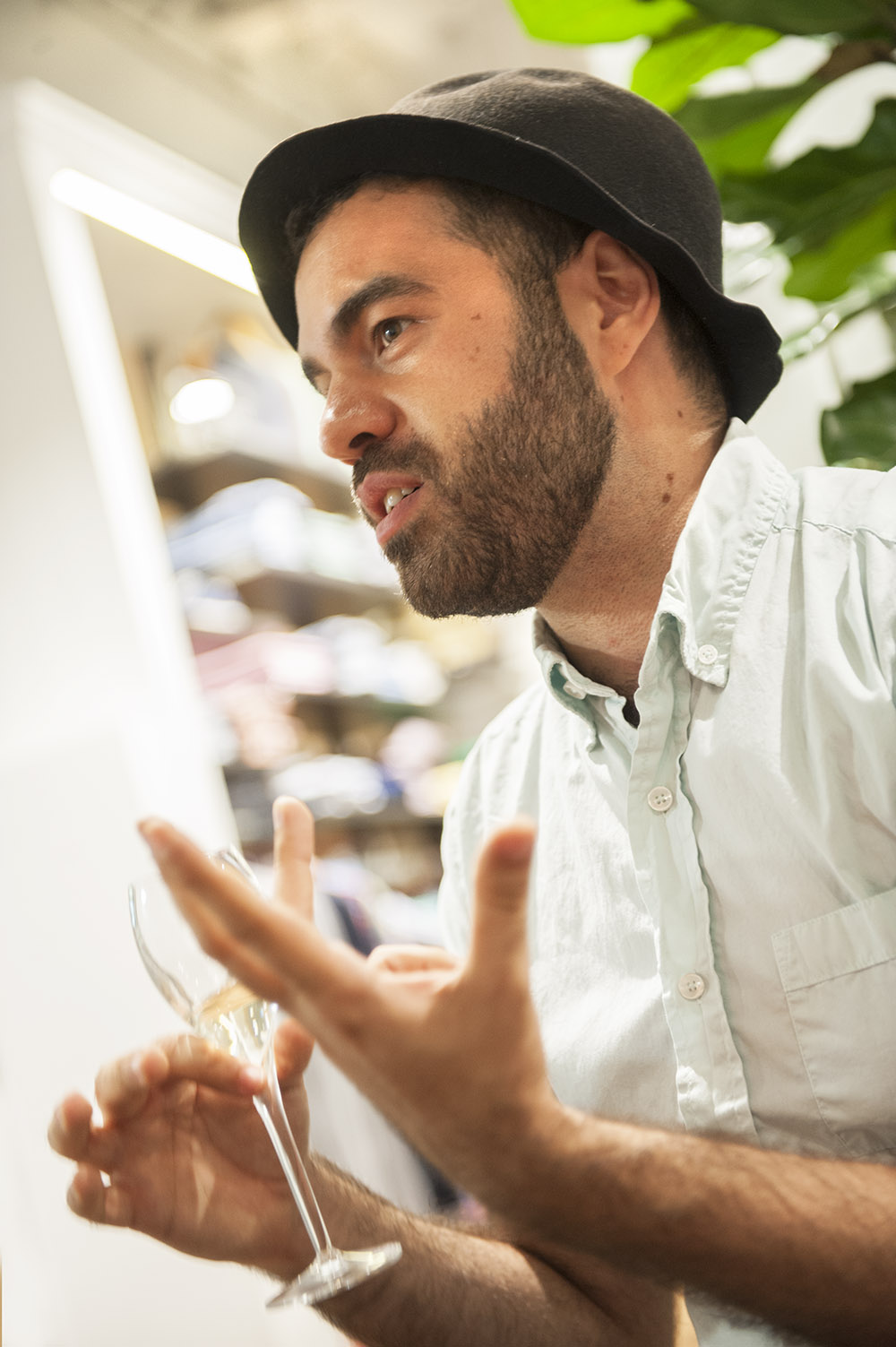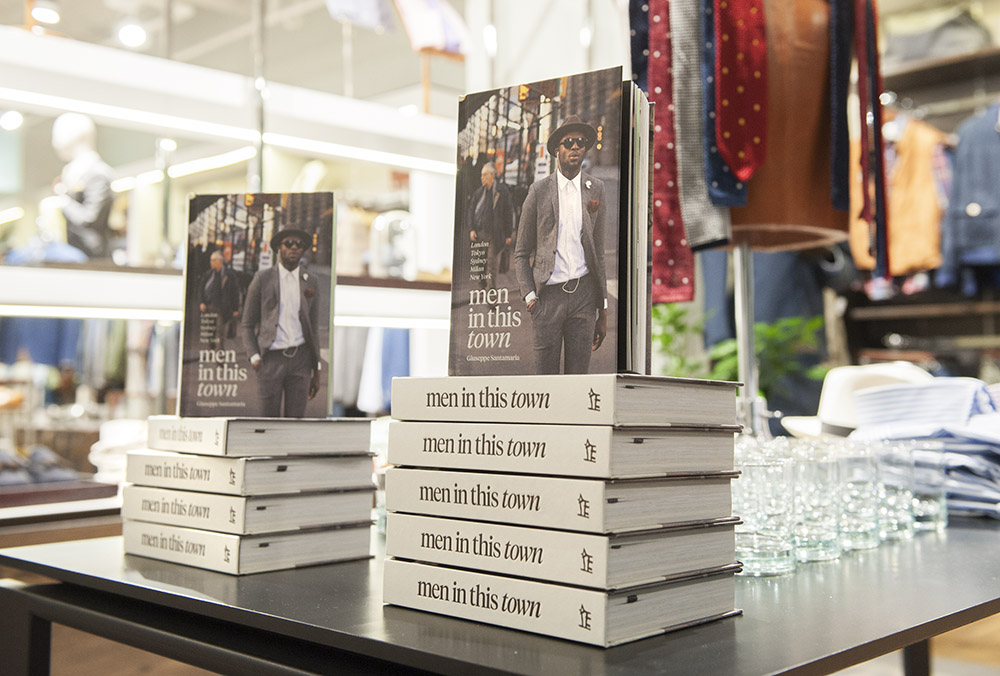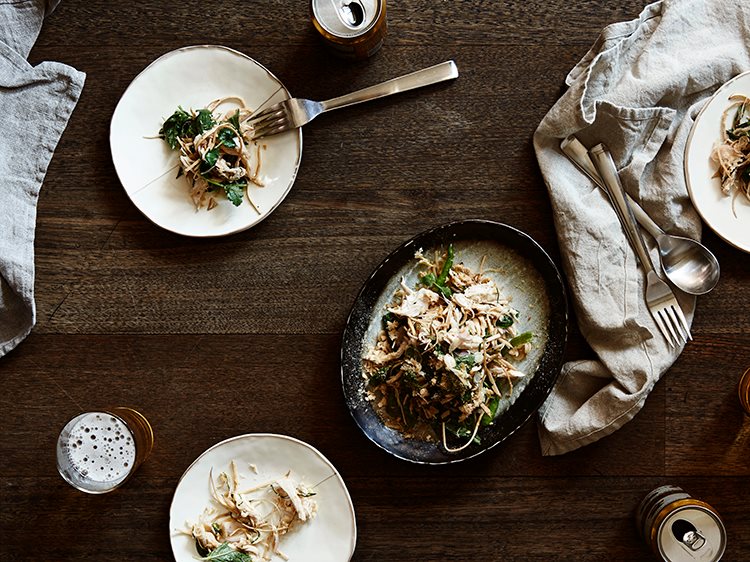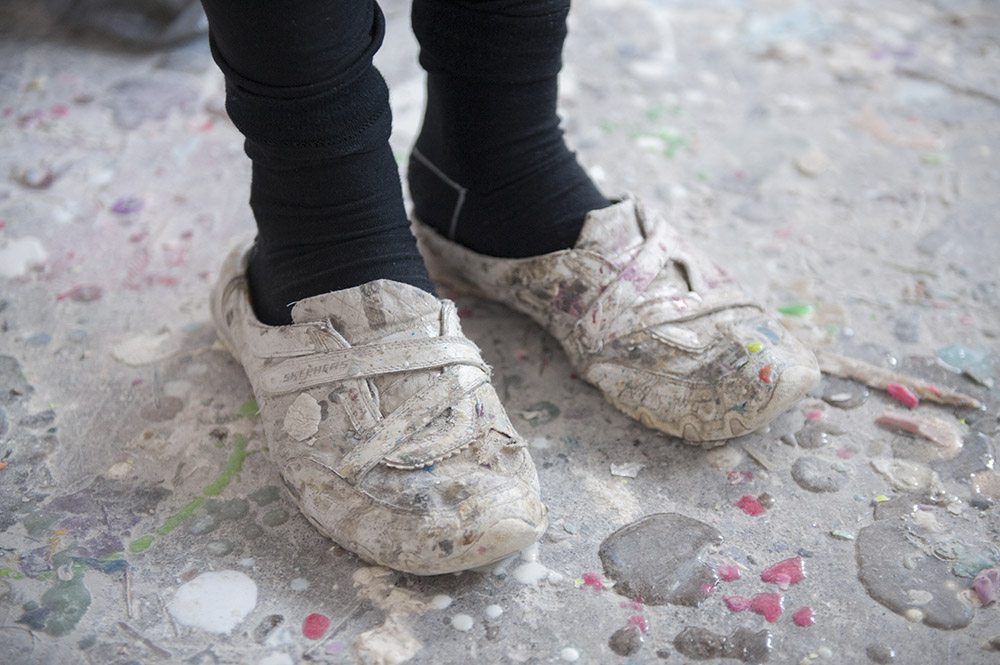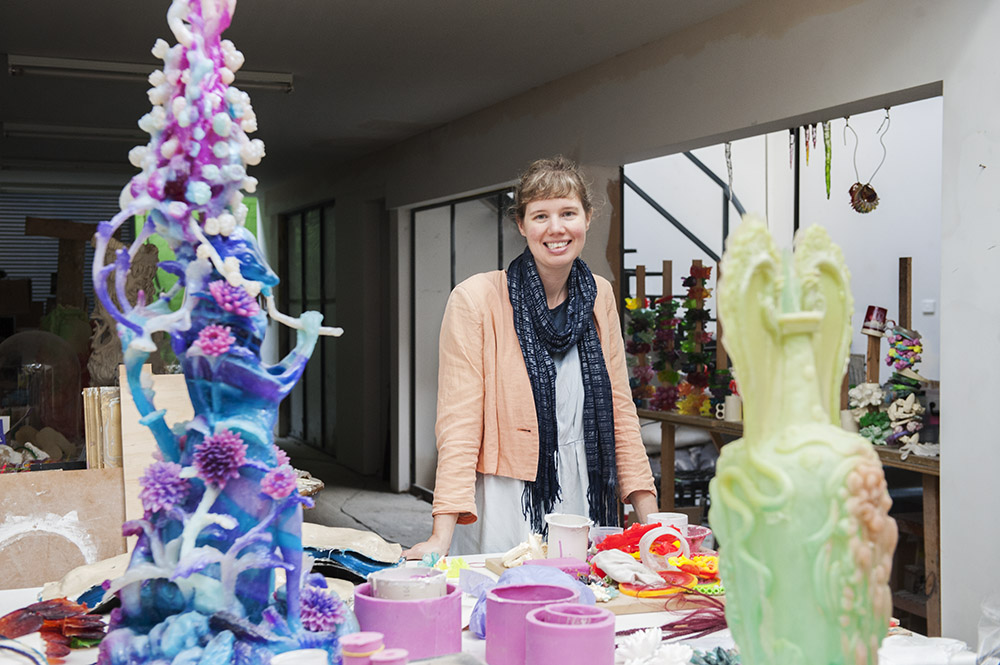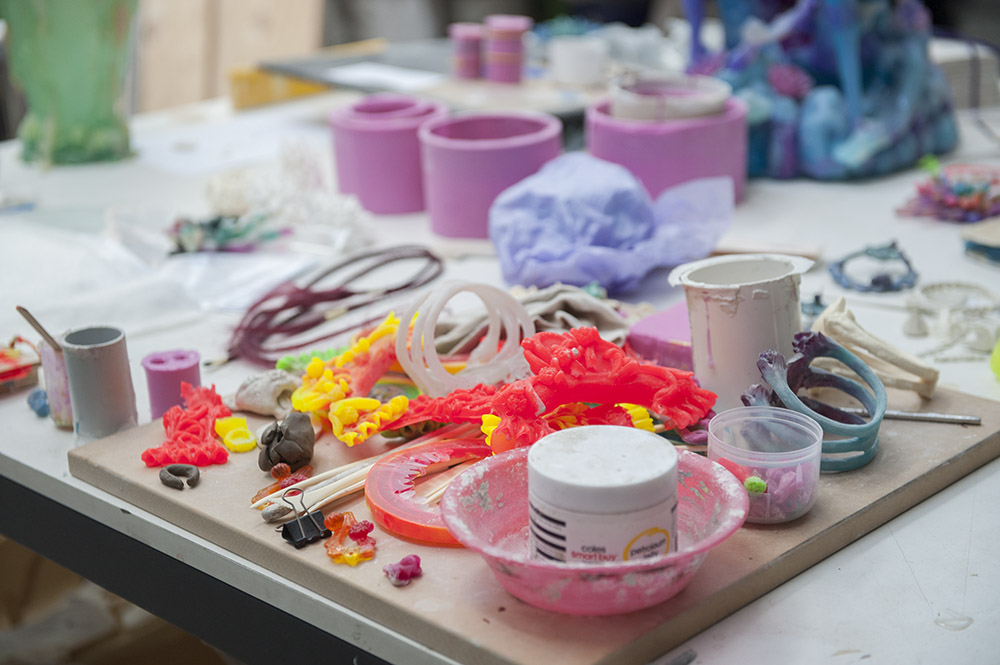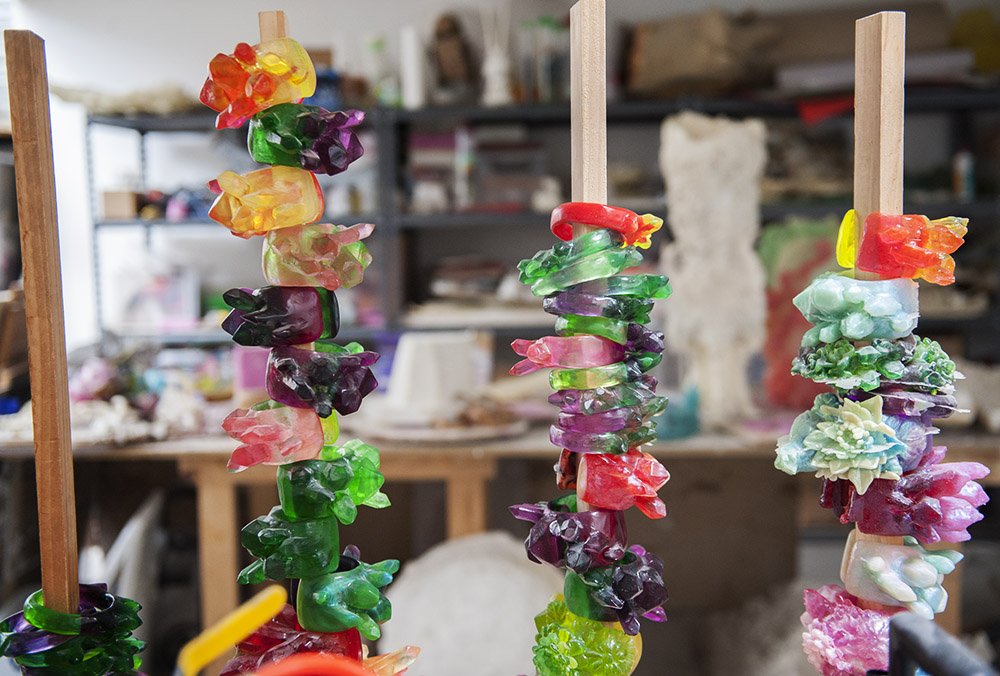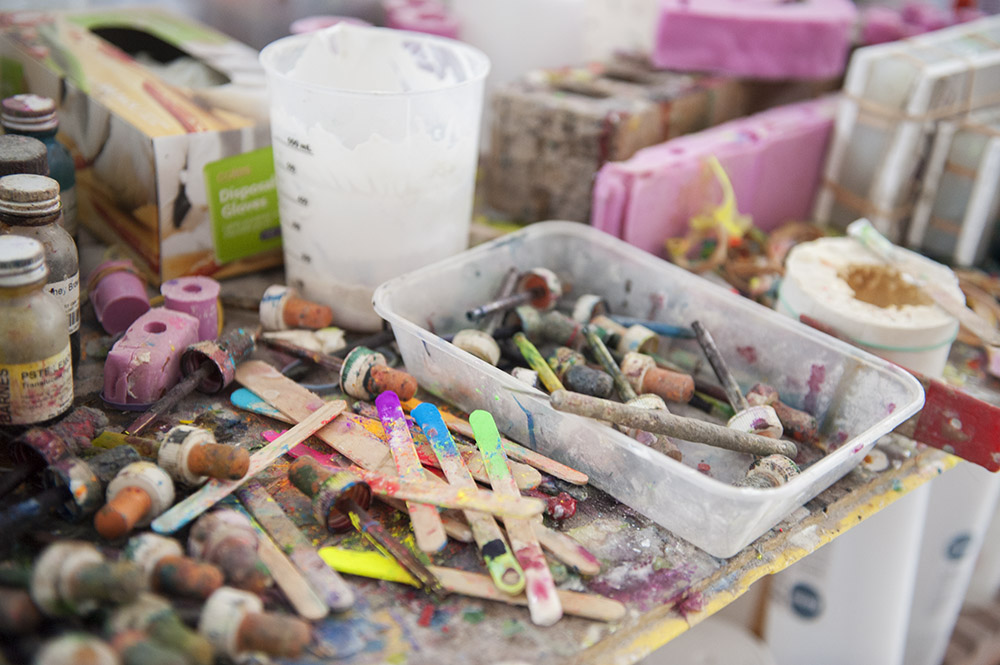Interview: Brian Nankervis
Brian Nankervis loves a yarn.
Even though I’d been previously advised of this fact, it comes as actual relief when we settle easily into our allotted phone interview.
It's Nankervis’s genuine openness and natural gift of the gab that has made him a stalwart on Australian TV, with appearances on Hey Hey it's Saturday, Jimeoin, and cult 90s sitcom Let The Blood Run Free, as well as warm up jobs for The Panel and Big Girls Blouse, not to mention his long running gig as MC on the SBS music quiz show RocKwiz.
Monday afternoon and the St Kilda resident has just finished up a relaxing coffee in a neighbouring café, taking brief respite from a busy day. He spent the morning performing at a local primary school before moving on to host an intimate lunch, raising awareness for people living with disabilities.
It's a rich and varied schedule and one that no doubt keeps this former teacher on his toes, however (and as much as we could chat for hours) it’s none of these things that have lead us to arrange today’s conversation, neither is it his annual hosting role for the Sacred Heart Mission's Heart of St Kilda variety show, nor his spell as a Triple R DJ in the 1970s and 80s.
We’ve been brought together to discuss a very special collaboration between the members of the RocKwiz orchestra and Melbourne institution Ding Dong Lounge; who are proudly presenting a night of soul food, music and entertainment inspired by the spellbinding history of New Orleans.
What initially started life as a side project between owner of Ding Dong, Bill Walsh, and Nankervis, rapidly progressed into a series of sold out dinner shows occurring in late 2014 – the two have once again joined forces to develop a brand new night of entertainment, set to make its debut this coming Sunday the 1st of March.
Nankervis: “Bill approached the [RocKwiz] office and suggested that we get RocKwiz involved with the club and put on a show based on New Orleans, as their kitchen has a New Orleans theme. I knew that the band were all mad fans of New Orleans music so I approached the orchestra and we hatched this plan to perform the Dr John album Gris-Gris from start to finish, followed up with a second set of live dance songs.”
For the Melbourne born showman, live performances like the Ding Dong theme nights offer great opportunity for audience interaction, “to get the band going and see the audience dancing.” He happily shares that last year’s shows were “fantastic, one of the real high points of my career” allowing Nankervis time to schmooze, mingle and host, “I’ve always fancied myself as a maitre d' so that was good fun.”
While Nankervis may proudly wear his self-appointed title of Maitre d’, it’s not the only new mantle that he’ll be awarded with this afternoon. As we begin to wind up our interview I casually enquire about his evening plans. “I’m off to supervise my son’s cricket practice.” He shares, and it seems to me that we can go ahead and add the word coach to that impressive resume of his.
Brian Nankervis and members of the RocKwiz Orchestra New Orleans dinner and show is on both Sunday the 1st and 15th of March from 6:30pm. Tickets available here


















